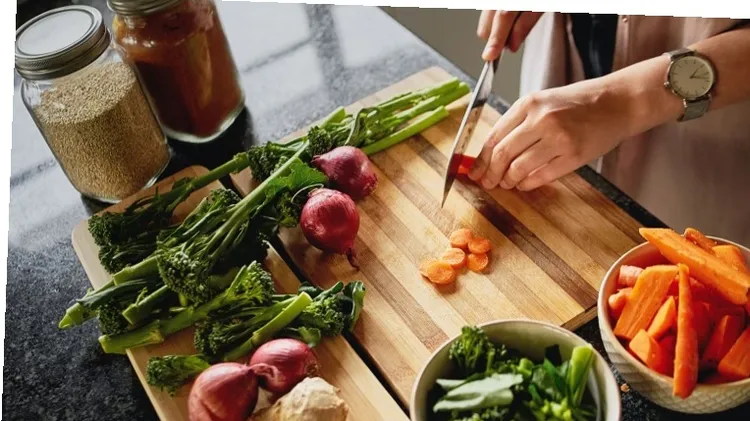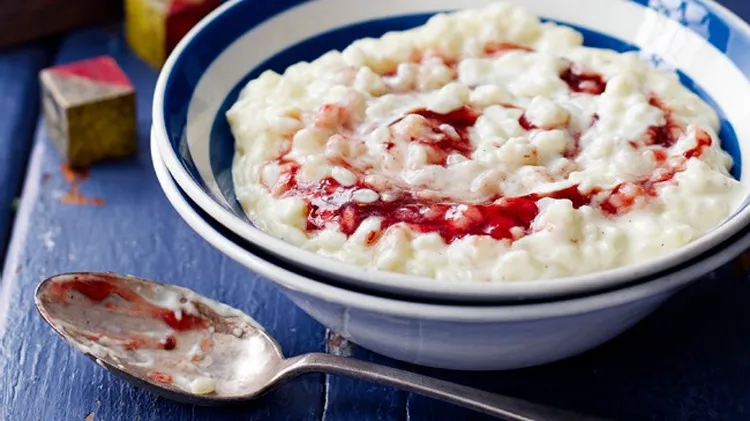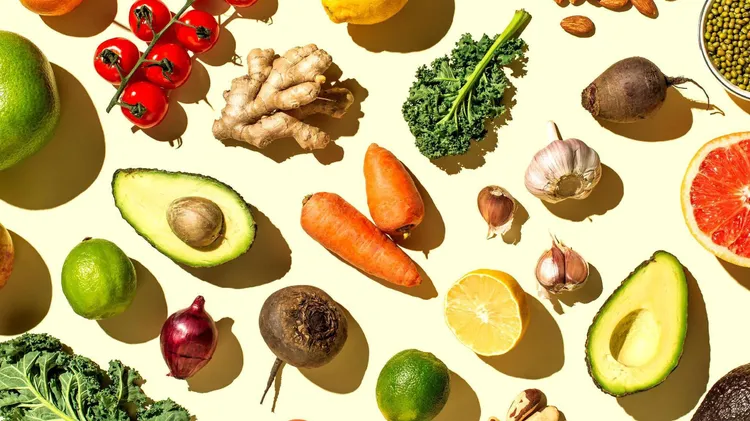The health impacts of eating too many have raised concerns. Fi
What are ultra-processed foods?
4 min read
This article is from...
Read this article and 8000+ more magazines and newspapers on Readly






